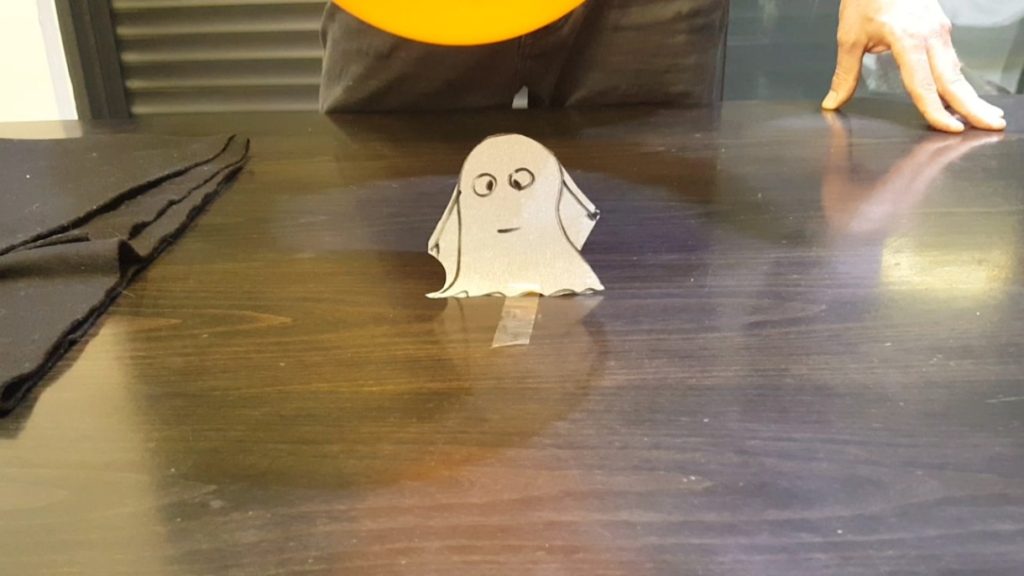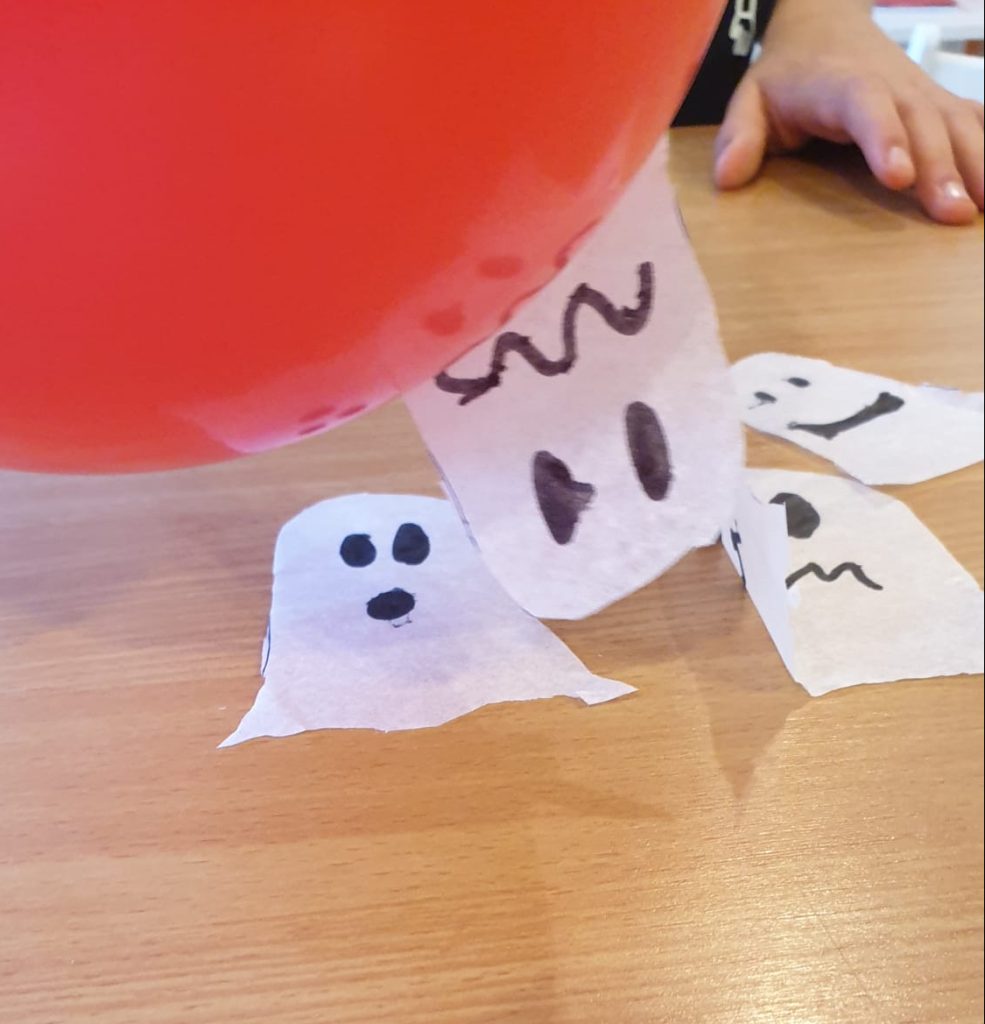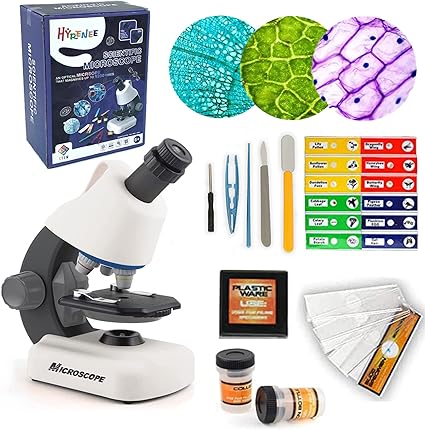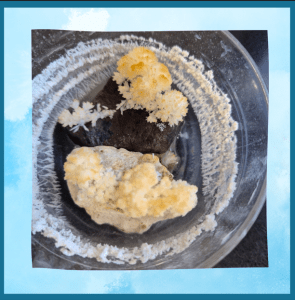3 static electricity experiments
Static electricity experiments provide an electrifying way for kids to explore the fascinating world of electrical charge. Through activities like rubbing balloons to attract lightweight objects, kids gain experience with the principles of static electricity. These experiments not only captivate their curiosity but also help them understand concepts such as positive and negative charges, repulsion, and attraction. Static electricity experiments bring science to life, sparking wonder and deepening comprehension of the invisible forces at play in our everyday lives.
Materials:
- A balloon
- Fleece fabric
- Tin can
- Napkin
- Marker and scissors
What to do?
Rolling can:
Put a soda can on the table.
Rub a balloon on a fleece fabric for about 30 seconds.
Bring the balloon close to the can.
The can will roll towards the balloon.
Hovering Ghost:
Draw a ghost (or any other drawing) on a tissue paper.
Stick the bottom part to the table with tape.
Rub a balloon on a fleece for about 30 seconds.
Bring the balloon close to the ghost’s head.
The ghost will leap up and start dancing according to the movement of the balloon.
Curved water flow:
Open a water tap with a slow current.
Rub a balloon on a fleece for about 30 seconds.
Bring the balloon close to the stream of water.
The current will tend towards the balloon.
**If you dont have fleece you can rub the baloon on your hair!



What can we learn?
The reason objects are attracted to the balloon is static electricity. Static electricity is created when electrons from one material that does not conduct electricity such as wool or fleece move to another material that does not conduct electricity such as rubber (the balloon). All electrons have a negative electric charge, particles with the same electric charge repel each other, while charges with opposite electric charges attract each other (as in a magnet where alike poles repel each other and opposite poles attract). When we rub the balloon on the cloth, electrons move to the balloon and accumulate there and it becomes charged with a negative charge. The can, paper and water have a positive electrical charge relative to the balloon and therefore are attracted to it.
Looking for more fun science activities?
Look at my Scientific Experiments
We’d love to showcase your creativity!
Share pictures of your experiments with us, and together, we can inspire young scientists everywhere!













